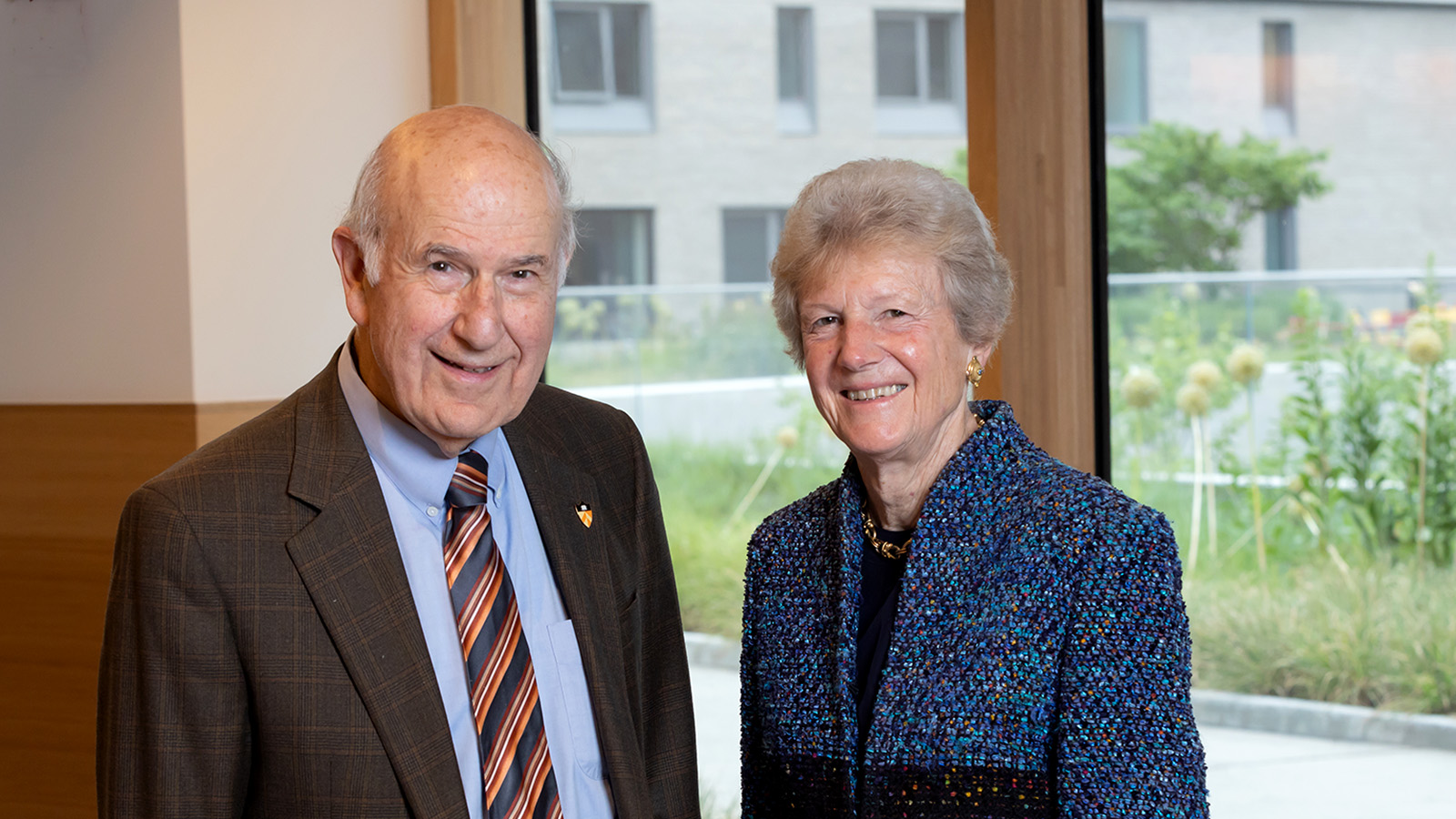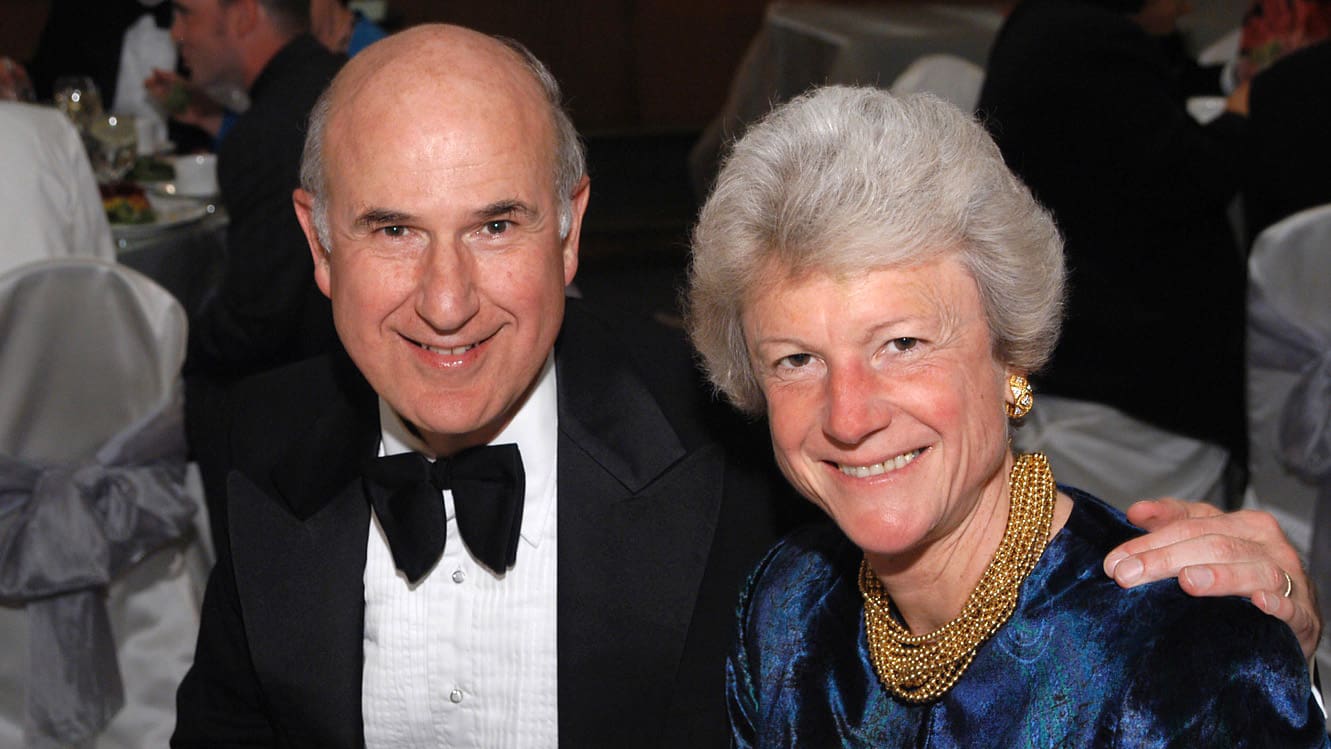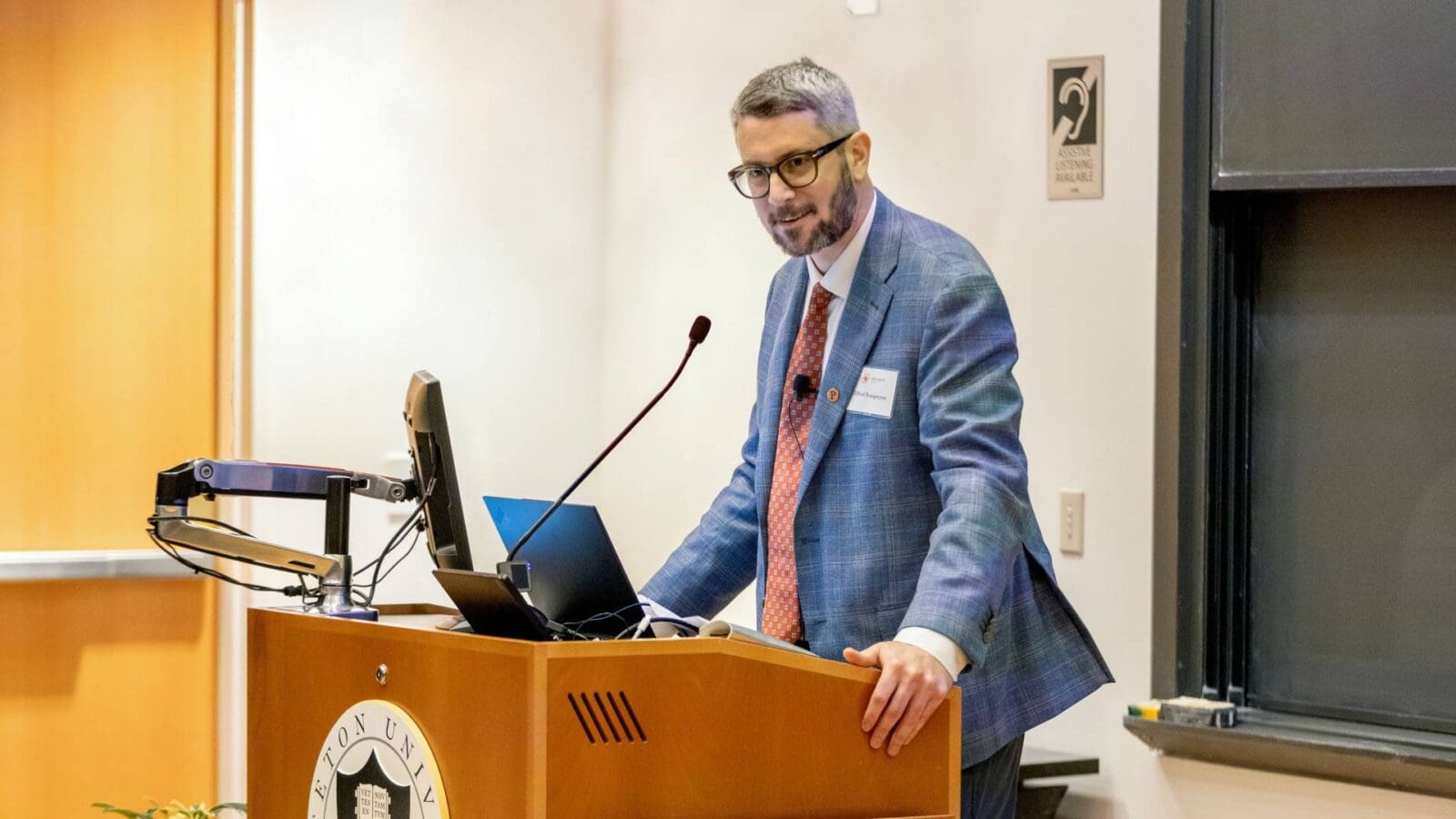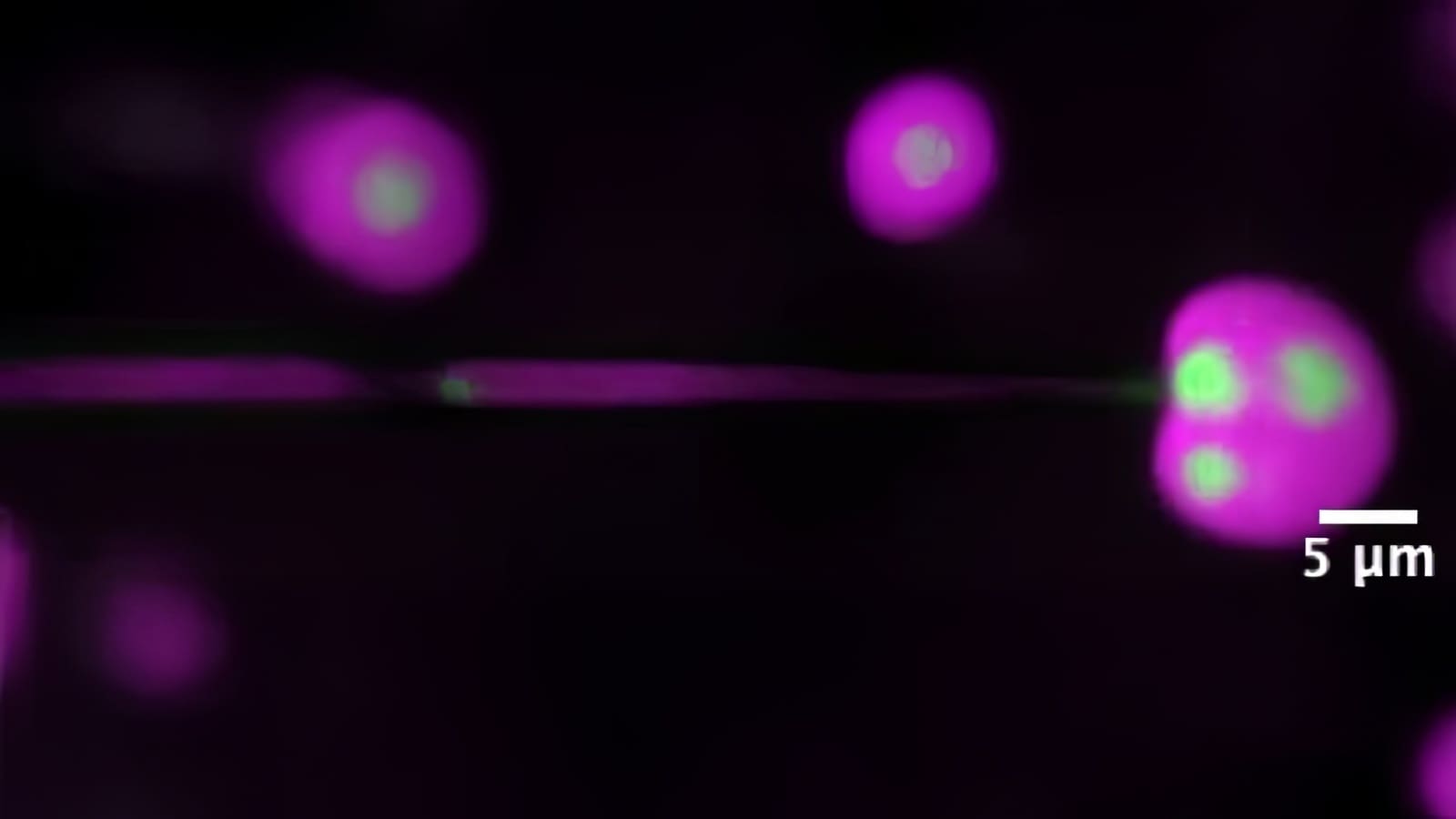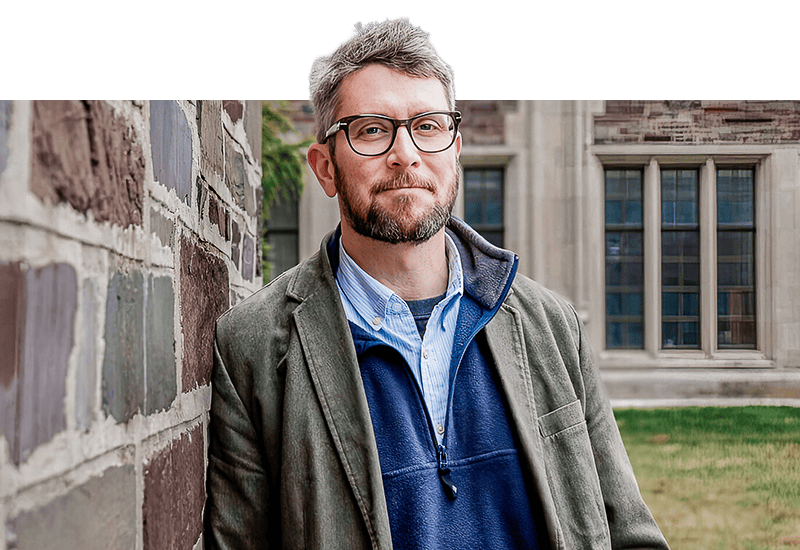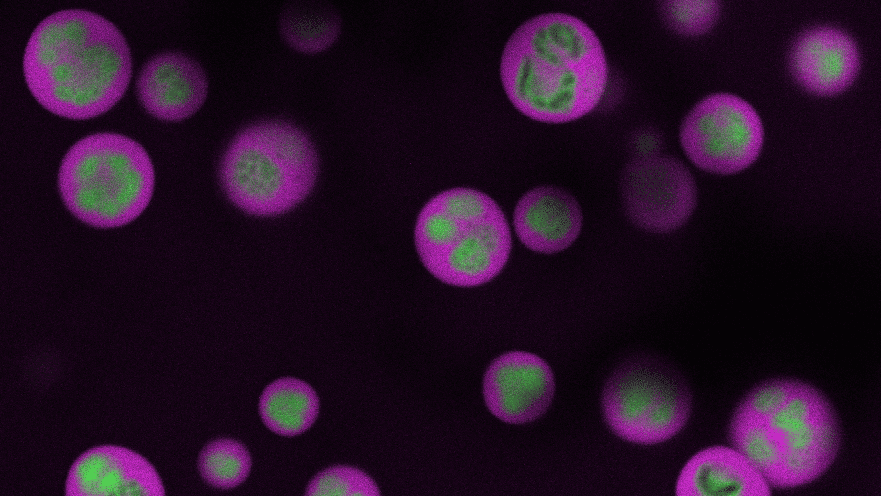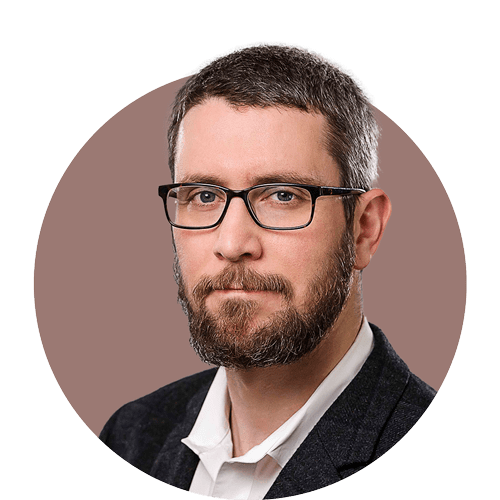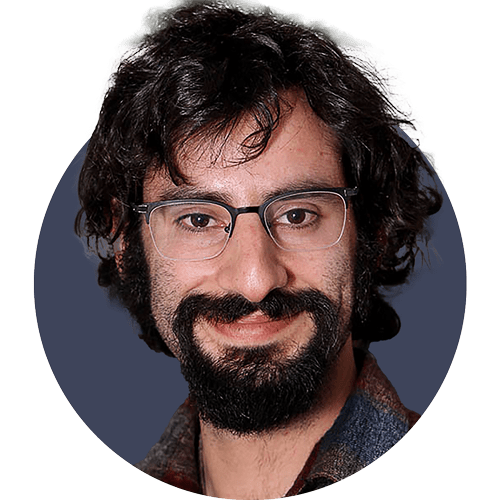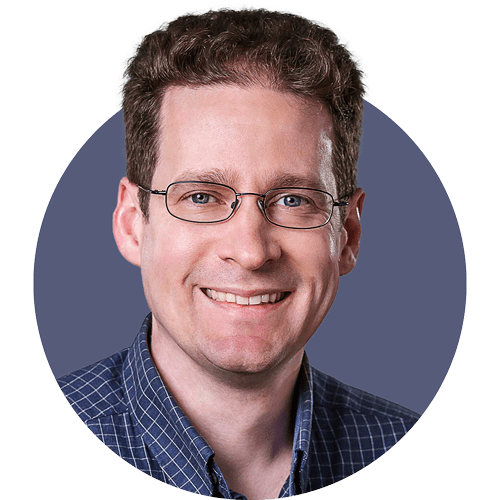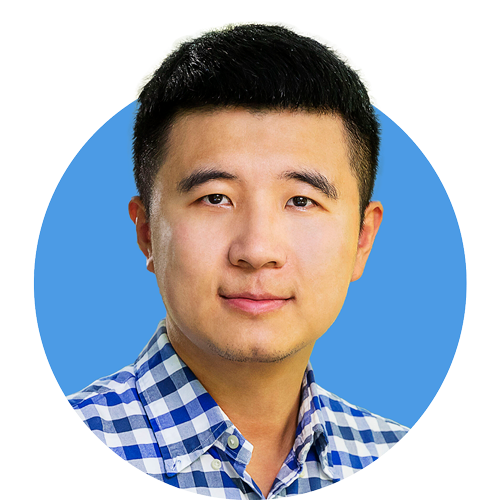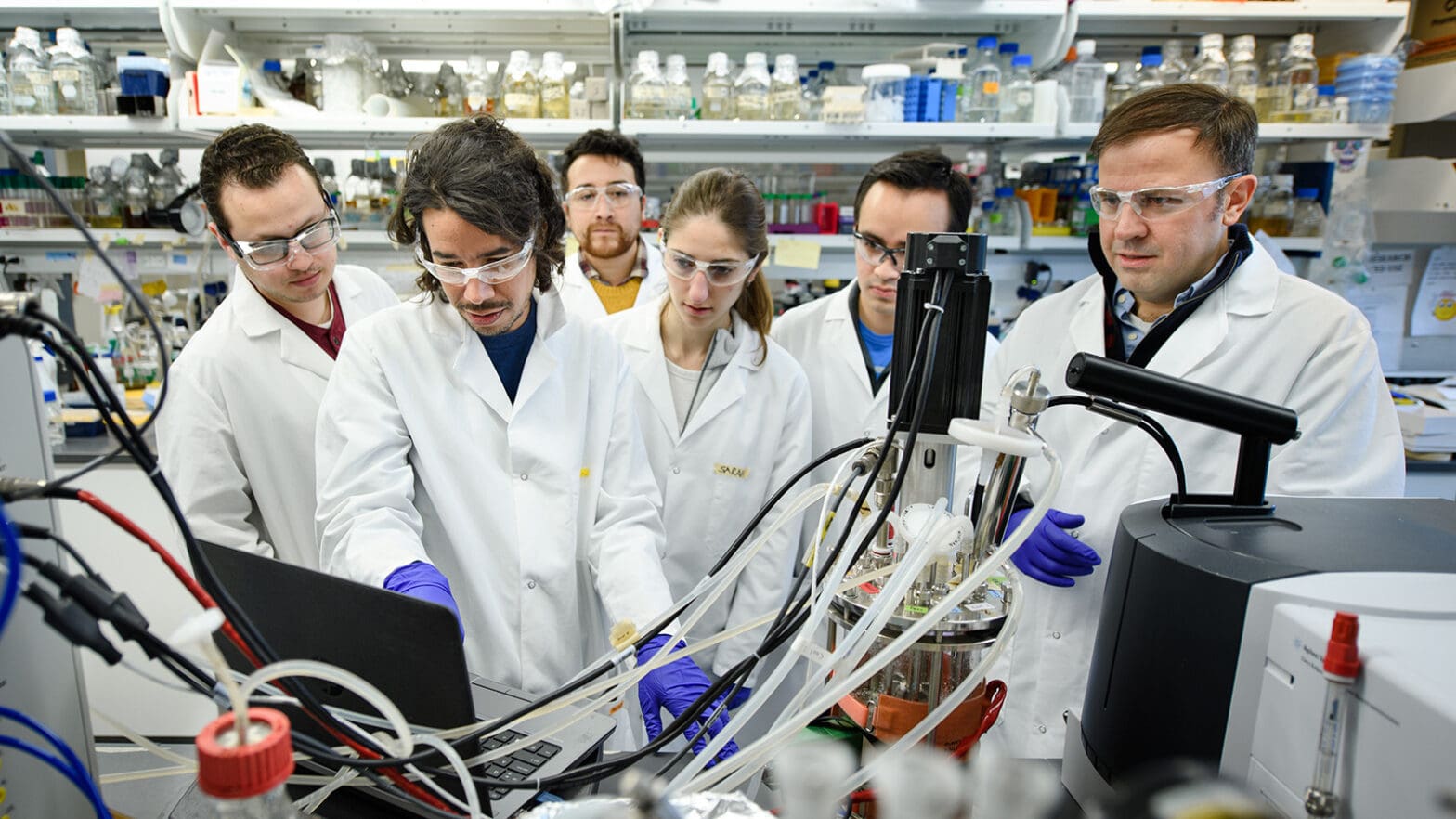
At new institute, quest for better lives starts with curiosity
By
on
This article is from the Bioengineering: Unlocking mysteries, enabling impact issue of Equad News magazine.
“Thanks to the generosity of Gil Omenn and Martha Darling, this new institute allows us to coalesce and amplify ongoing work into a transformative new whole that will accelerate Princeton’s leadership in bioengineering for decades to come,” said Andrea Goldsmith, dean of the School of Engineering and Applied Science. “The institute brings together the most innovative faculty and students in the field and provides them with the foundation to realize bioengineering’s enormous potential for positive impact on health, medicine and quality of life.”
[Read the gift announcement]
The new institute builds on many areas of work that were already developing under the Princeton Bioengineering Initiative created in 2020, with 35 core and affiliated faculty from across the University, a new Ph.D. program, and growing ties to the region’s life sciences industry. The institute will be housed in its own building currently under construction as part of a broad new campus neighborhood for engineering and environmental studies.
Bringing different disciplines together in one institute is essential to catalyzing discovery in diverse areas — from biomedical instruments and devices to computational biology and cellular engineering, Goldsmith said.
Cliff Brangwynne, director of the Princeton Bioengineering Initiative, said that bioengineering research at Princeton begins with curiosity. “If a cell is a machine, it is unlike any other machine you have encountered,” he said. “It is a wet, squishy, almost infinitely complex machine. We need engineering concepts and tools to study these systems.”
Allowing engineers to immerse themselves in the mystery of how life works, instead of launching directly into devising new technologies, can yield more creative and effective solutions, said Brangwynne, the June K. Wu ’92 Professor of Chemical and Biological Engineering. But ultimately, drawing out those new technologies is essential to the institute.
“How can these insights we are acquiring be useful for my grandfather’s dementia, my cousin’s cancer, my best friend’s severe burn?” Brangwynne said. “How can these engineering approaches, tools and technologies we are developing help better human lives and improve health, wellness, materials, the environment — and all the challenges humans face?”
Bringing engineering tools to biology

Research in the Omenn-Darling Bioengineering Institute includes three intersecting areas: cellular bioengineering, which examines physical processes within cells and where those processes could be adjusted to treat disease and make useful products; device engineering, which includes tools that help researchers visualize, sense and control the workings of cells; and computational bioengineering, which involves applying data science tools and large-scale computation to bioengineering.
These interdisciplinary areas will put students and postdocs at the forefront of emerging areas, Brangwynne said. “What new devices could be created when a Ph.D. student in electrical engineering strikes up a conversation with a student studying how mechanical forces affect DNA transcription?” he said. “What new algorithms could result from a collaboration between postdoctoral fellows using high-throughput imaging and a team using cryo-electron microscope imaging to study proteins?”
A few examples of research intersecting those three areas include:
- José Avalos rewires the metabolism of microbes to allow them to make useful and environmentally sustainable products such as fuels, chemicals, pharmaceuticals and biodegradable plastics. In one area of this work he engineers genes to turn on and off in response to specific colors of light, allowing fine control over the behavior of cells. Avalos is jointly appointed in the Department of Chemical and Biological Engineering and the Andlinger Center for Energy and the Environment.
- Mark Brynildsen of chemical and biological engineering combines computational and experimental biology, with a current focus on developing new antibiotics that avoid the growing problem of antibiotic resistance. In one approach, the lab is finding ways to render a pathogen harmless by preventing it from infecting a cell, rather than trying to kill the pathogen, which can spur resistance.
- Daniel Cohen of mechanical and aerospace engineering views cells as living communities with behaviors similar to those of birds or sheep. His lab uses that framework to better understand the biology of tissues and to harness that understanding to heal wounds and grow new tissue. His lab website declares, “We herd living cells like sheep using biomaterial — and bioelectric sheepdogs.”
- Tian-Ming Fu of electrical and computer engineering develops minimally invasive techniques to see and control the complex, three-dimensional interactions among cells in living organisms.
- Jerelle Joseph of chemical and biological engineering designs computer simulations to understand how compartments form within the liquid interior of cells, even though these watery compartments have no membrane to separate themselves from their watery surroundings.
- Jared Toettcher of molecular biology asks fundamental questions about the life of cells — how they move, grow and die, and how they become one type of cell or another in a developing organism. His lab maps the flow of information that directs these decisions, how that flow is disrupted in disease, and how these processes can be controlled in useful ways.
- Ellen Zhong of computer science works at the intersection of artificial intelligence and biology to reveal the structure and movements of individual proteins in their living liquid environments.
Many of those faculty already collaborate with each other. Cohen, for example, said he has several projects with Toettcher and Avalos and is actively talking with Fu, who recently came to Princeton. In the new building, Cohen said he and Toettcher will share lab space, meaning that molecular biology and mechanical engineering students will work side by side.
This new nexus is exciting for faculty across campus, according to both Michael Levine, director of Princeton’s Lewis-Sigler Institute for Integrative Genomics, and Mala Murthy, director of the Princeton Neuroscience Institute. “There is very good communication between engineering and the natural sciences here, a lot of grassroots interactions between the engineers, the molecular biologists, the genome researchers, computational people, and the physicists,” Levine said. “That’s just not true at many institutions, and so here at Princeton I think our culture grounds the bioengineering enterprise in natural life processes.”
Murthy said that the model of creating a cross-disciplinary institute instead of a conventional academic department is very powerful because it allows for growth in new areas, fueled more by what is interesting than what aligns with a particular discipline. Co-recruiting faculty with departments, such as computer science or physics, has allowed neuroscience at Princeton to grow in unanticipated ways, she said. “By doing so, we bring in more diverse scientific perspectives than we would otherwise.” The same will be true for bioengineering, she said, adding that a faculty search is currently underway for a joint appointment between bioengineering and neuroscience.
Olga Troyanskaya, professor of computer science and the Lewis-Sigler Institute, echoed the value of working across disciplines. “The Omenns’ generosity and vision to launch this new direction in engineering on campus will no doubt enable transformative discoveries at the interface of the engineering disciplines and biological sciences,” she said.
Preparing a new generation
In addition to research, essential work for the Omenn-Darling Institute is to develop the next generation of researchers in bioengineering. The institute will build on its current Summer Undergraduate Research Program, which allows undergraduates from a range of majors to undertake research projects while also learning about opportunities in industry and entrepreneurship.
This fall the institute will start recruiting the first cohort of graduate students in the newly created doctoral program in bioengineering. This graduate curriculum will include a component called BioEngineering Innovation, Organization and Entrepreneurship, which will give students a behind-the-scenes look at how new ideas and technologies move from labs to the marketplace, including the organizational structure of biotechnology and pharmaceutical companies, and the pathways of startup ventures.
The institute also will continue its Distinguished Postdoctoral Fellowship program, which allows new Ph.D. recipients to establish an interdisciplinary research program with two or more Princeton faculty members.
Translating from to lab to life
A critical part of the Omenn-Darling Institute will be to position researchers and students to move their ideas from labs to the market, as well as to examine the ethical implications of bioengineering, bioengineering faculty said.
“Entrepreneurship is hugely important,” said Brangwynne. “Anything that happens in a Princeton lab is not going to help someone in Ohio, Poland or Bangladesh unless it goes to the marketplace, unless it goes through R&D and regulatory approval.” Brangwynne also emphasized how even students not planning careers in entrepreneurship or industry need to understand how those systems work as they advance through careers in the life sciences.
Students and faculty also need to be equipped to think about the broader implications of technologies such as gene-editing tools that change traits passed from one generation to the next. “How does society interact with these technologies? What problems are going to emerge? Those are questions the institute should embrace and have a voice in,” Brangwynne said.
Across all the areas of research, education and translation, Brangywnne sees the institute’s strength as its ability to step back and bring diverse perspectives to key questions.
“We need to think about what kinds of advances and what kinds of innovations are going to have the broadest impact, rather than a narrow-minded, short-term view of finding immediate solutions to small versions of the problem,” he said. “We need to get a sense of the big picture.”
